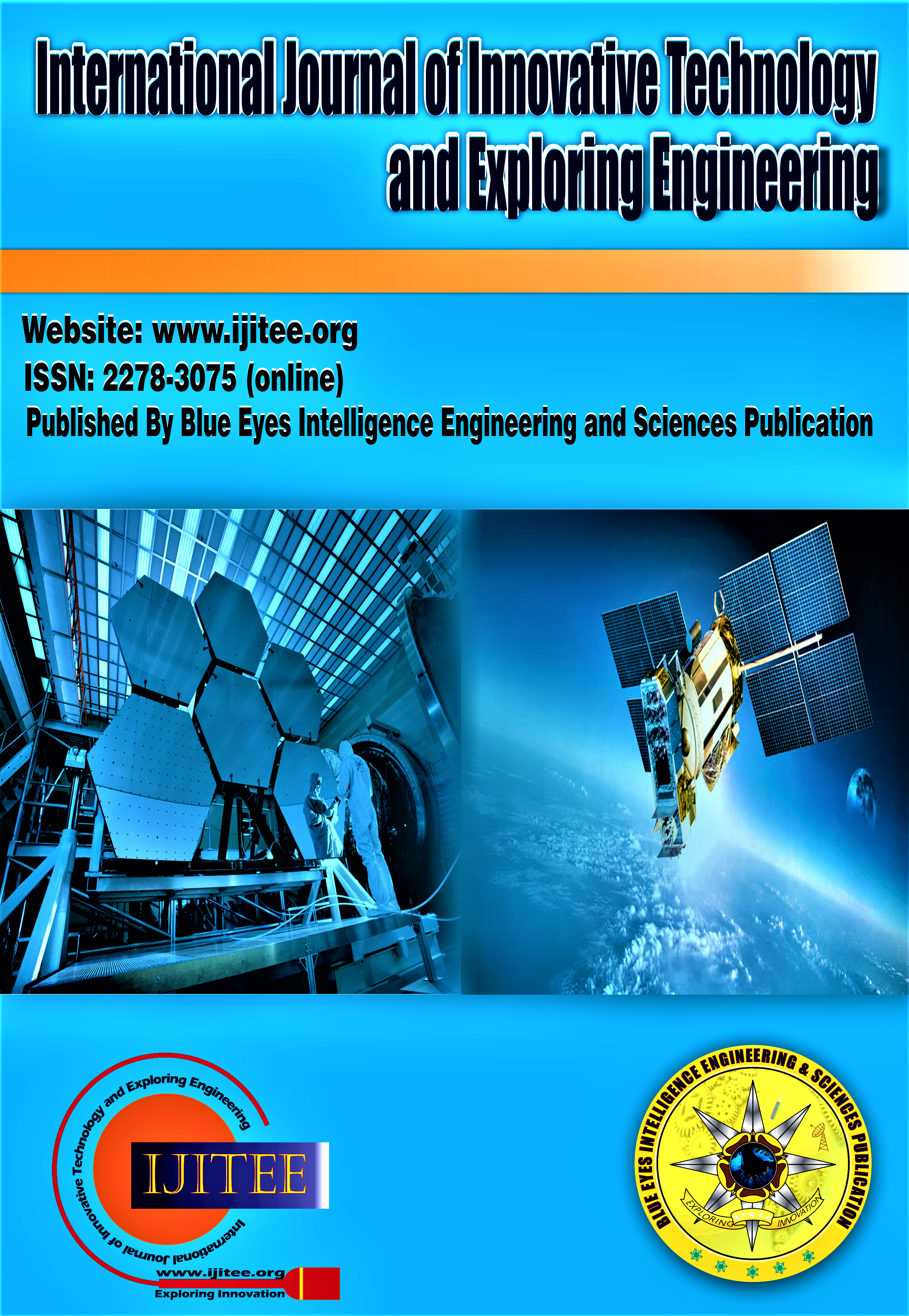Performance Evaluation of Chromatic and Polarization Dispersion of Fiber Optic Transmission Link in Broadband Communication
Main Article Content
Abstract
This study involved quantitative evaluation of the performance of dispersion and polarization of light in fibre optic link for broadband communication. The dispersion that occurs in the transmission of signal over a separation of 120km at 100 Gbps were studied, and uniform chirped fiber Bragg grating dispersion compensation adopting three particular setups of Pre, Post and Mix dispersion compensation procedures. Optical fiber is a medium of slender glass or plastic strands, empowers high-speed data transmission across extensive frequency ranges, spanning up to 25THz, and this was achieved without signal amplification. However, as data rates and transmission distances escalate, challenges stemming from nonlinearities and dispersion intensify, impacting overall performance. This study is devoted to tackling these challenges through the deployment of Fiber Bragg Gratings (FBGs) in three distinct configurations: Pre, Post, and Mix dispersion compensation. Its principal objective is the correction of dispersion in a 120 km transmission operating at 100 Gbps. The results obtained from each of the three compensations methods employing Optisystem simulation application software were then analysed using key performance metrics such as Bit Error Rate (BER), Quality Factor (Q-Factor), and received power to identify the best compensation method with the ultimate aim of significantly enhancing signal transmission performance. Postcompensation of UFBG shows best performances by exhibiting the highest quality factor, lowest BER and power requirements of the three compensation techniques. Hence, UFBG Post-compensation is recommended to mitigate chromatic and polarization dispersions in fibre optic transmission systems. The findings of the work will provide useful information in the design and manufacture of fibre optic transmission equipment for long-haul data communication systems.
Downloads
Article Details
Section

This work is licensed under a Creative Commons Attribution-NonCommercial-NoDerivatives 4.0 International License.
How to Cite
References
Fiber Technology and Its Application in the Modern Society (2022). In Stem Cell Research International (vol. 5, issue 1, 1,03). DOI: http://doi.org/10.33140/scri.05.01.01
R. Ajemian, Transmission Techniques: Fiber Optics (2008). In Handbook for Sound Engineers (pp. 449–485). DOI: http://doi.org/10.1016/b978-0-240-80969-4.50019-5
O. Strobel and J. Lubkoll (2010). Fiber-optic communication - An overview. In 20th International Crimean Conference. In Microwave & Telecommunication Technology, Sevastopol, Ukraine (pp. 16-20). DOI: http://doi.org/10.1109/CRMICO.2010.5632426
P. Kaushik, D. P. Singh and S. Rajpoot (2020). Fibre Optic Communication. In 21st Century, In International Conference on Intelligent Engineering and Management (ICIEM), London, UK, 2020, (pp.125-129). DOI: http://doi.org/10.1109/ICIEM48762.2020.9160141
L. Pierno, A. M. Fiorello, A. Secchi and M. Dispenza (2015). Fibre optics in radar systems: Advantages and achievements. In IEEE Radar Conference (RadarCon), Arlington, VA, (pp. 1627-1633). DOI: http://doi.org/10.1109/RADAR.2015.7131259
F. Nahar and A. Ahmed (2016). Measurement of pulse dispersion in optical fiber communication system. In 5th International Conference on Informatics, Electronics and Vision (ICIEV), Dhaka, Bangladesh (pp. 1073-1077). DOI: http://doi.org/10.1109/ICIEV.2016.7760163
I. Roudas (2017). Modeling of modal dispersion in multimode and multicore optical fibers. In 26th Wireless and Optical Communication Conference (WOCC), Newark, NJ, USA (pp. 1-6). DOI: http://doi.org/10.1109/WOCC.2017.7928979
L. Gan et al. (2018). Realistic Model for Frequency-Dependent Crosstalk in Weakly-Coupled Multicore Fiber. In Optical Fiber Communications Conference and Exposition (OFC), San Diego, CA, USA (pp. 1-3). DOI: https://doi.org/10.1364/ofc.2018.tu3b.6
T. Shanthi Priya and I. Muthumani (2016). Chromatic dispersion monitoring in optical systems. In 2016 IEEE International Conference on Engineering and Technology (ICETECH), Coimbatore, India (pp. 1111-1114). DOI: http://doi.org/10.1109/ICETECH.2016.7569422
Nandwalkar, J. R., & Pete, D. J. (2020). Furtherance in Splicing Technique of Optical Fiber Communication. In International Journal of Engineering and Advanced Technology (Vol. 9, Issue 3, pp. 3605–3609). DOI: https://doi.org/10.35940/ijeat.c6208.029320
So-Ki Jung, Optical Line Monitoring System using Optical Fiber Closure. (2019). In International Journal of Recent Technology and Engineering (Vol. 8, Issue 2S4, pp. 942–948). DOI: https://doi.org/10.35940/ijrte.b1187.0782s419
G. Siva Sravani, K.Gouthami, K. Sai Mounika, J.Chandra Sekhar, Simulation of Signal Processing Scheme for Fiber Optic Rotationary Sensor. (2019). In International Journal of Innovative Technology and Exploring Engineering (Vol. 8, Issue 6S4, pp. 596–601). DOI: https://doi.org/10.35940/ijitee.f1123.0486s419
Mishra, R. R., & Soren, K. (2021). Optical BPSK Modulation and Demodulation using Opti System Simulator. In International Journal of Inventive Engineering and Sciences (Vol. 9, Issue 1, pp. 1–4). DOI: https://doi.org/10.35940/ijies.c1045.129121





